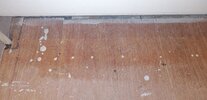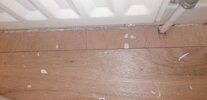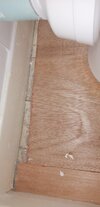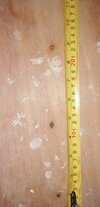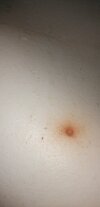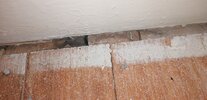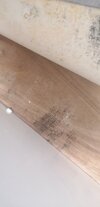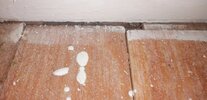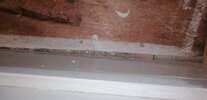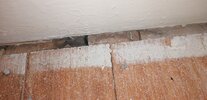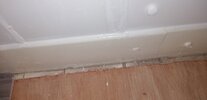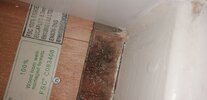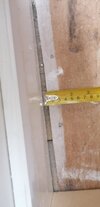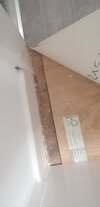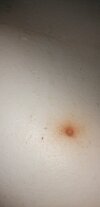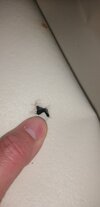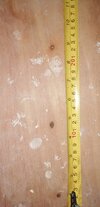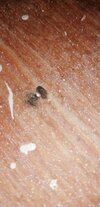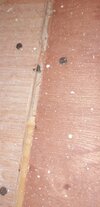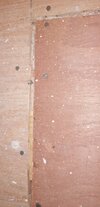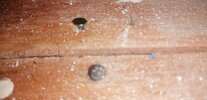- Joined
- 12 Jun 2022
- Messages
- 60
- Reaction score
- 1
- Country

Hi guys some advise from what I have read a plywood subfloor/overboard over my floorboards what is it even a subfloor or overboard as my floorboards are my subfloor?
They all say online it should be either nailed or screwed down @ 150mm intervals.
Okay, so why 150mm intervals I assume that it's this distance because it offers the best security?
Also I assume you would remove the skirting board to allow for the 10mm expansion gaps.
Please look at the photos this is my current plywood subfloor? Any advise is appreciated thanks.
They all say online it should be either nailed or screwed down @ 150mm intervals.
Okay, so why 150mm intervals I assume that it's this distance because it offers the best security?
Also I assume you would remove the skirting board to allow for the 10mm expansion gaps.
Please look at the photos this is my current plywood subfloor? Any advise is appreciated thanks.
Attachments
-
 IMG_20220619_070619.jpg86.1 KB · Views: 59
IMG_20220619_070619.jpg86.1 KB · Views: 59 -
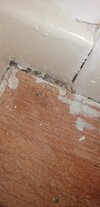 IMG_20220619_070603.jpg232.8 KB · Views: 55
IMG_20220619_070603.jpg232.8 KB · Views: 55 -
 IMG_20220619_070446.jpg212 KB · Views: 53
IMG_20220619_070446.jpg212 KB · Views: 53 -
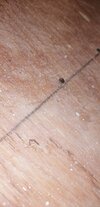 IMG_20220619_070453.jpg191.9 KB · Views: 65
IMG_20220619_070453.jpg191.9 KB · Views: 65 -
 IMG_20220619_070533.jpg204.7 KB · Views: 52
IMG_20220619_070533.jpg204.7 KB · Views: 52 -
 IMG_20220619_070615.jpg82.6 KB · Views: 55
IMG_20220619_070615.jpg82.6 KB · Views: 55 -
 IMG_20220619_070435.jpg181.3 KB · Views: 81
IMG_20220619_070435.jpg181.3 KB · Views: 81 -
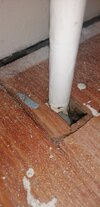 IMG_20220619_070427.jpg210.9 KB · Views: 53
IMG_20220619_070427.jpg210.9 KB · Views: 53 -
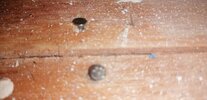 IMG_20220619_070405.jpg140.4 KB · Views: 66
IMG_20220619_070405.jpg140.4 KB · Views: 66 -
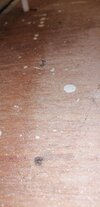 IMG_20220619_070417.jpg182.2 KB · Views: 64
IMG_20220619_070417.jpg182.2 KB · Views: 64


